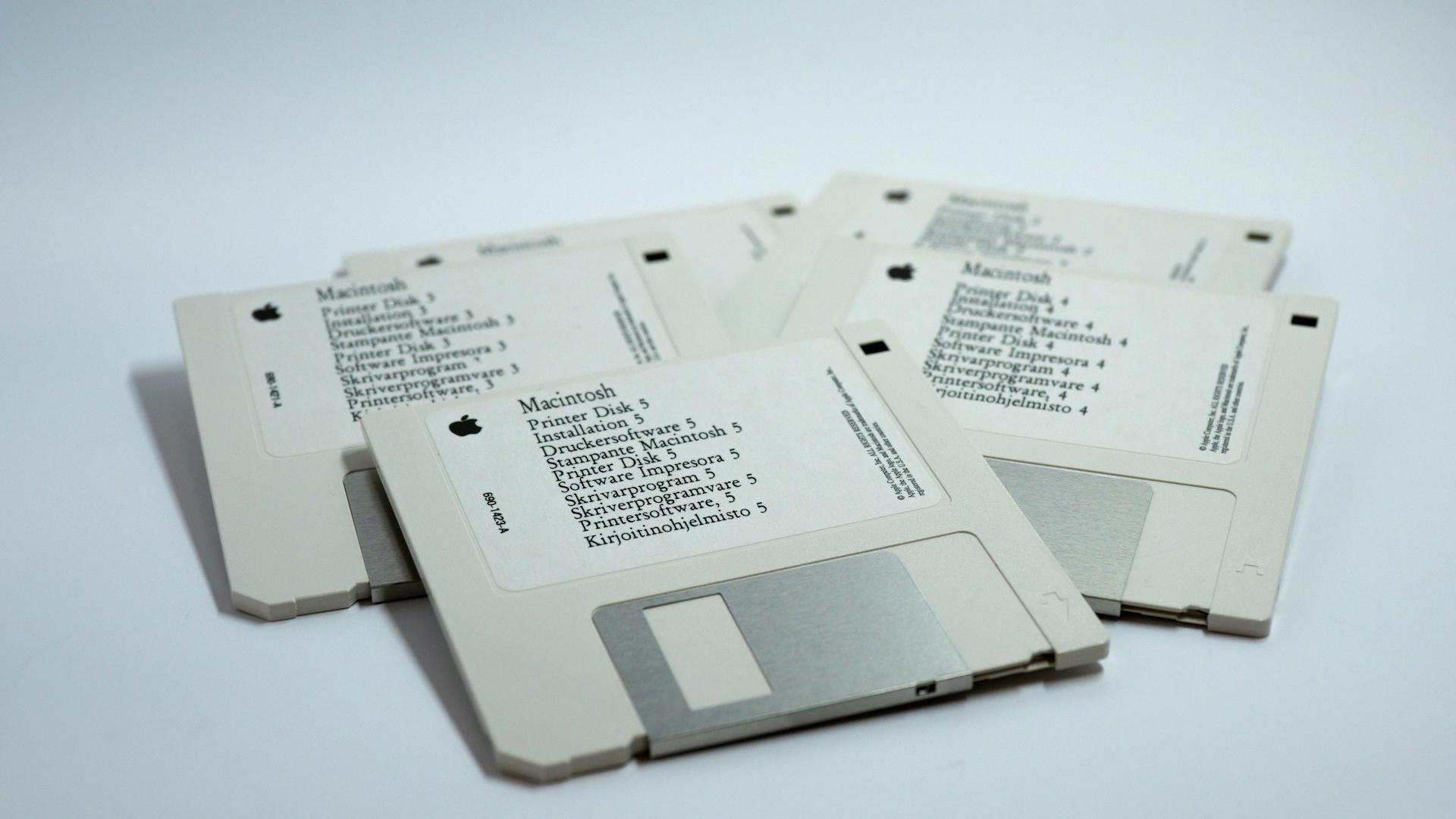Data doesn’t just magically become useful. Whether you’re building dashboards, feeding machine learning models, or just trying to get a cleaner look at last quarter’s sales, you need data that’s structured, clean, and actually means something. And that’s where transformation comes in, particularly through ETL (Extract, Transform, Load) and ELT (Extract, Load, Transform) processes.
But how you transform data, and when you do it, depends heavily on whether you’re working with ETL or ELT. And yes, those two letters swapping places makes a bigger difference than you might think.
First, What Are ETL and ELT?
Understanding ETL and ELT can be a bit tricky if it’s your first time hearing these terms, since they’re somewhat abstract concepts. But let’s make it easy with a quick catch-up: In an ETL pipeline, you first extract (E) your data, then transform (T) it into a usable format depending on where you want to use it, and finally load (L) it into a dashboard, database, or somewhere else.
On the other hand, ELT is similar to ETL, but the key difference is where the data transformation happens. In the ELT method, you first extract (E) your data, then load (L) it into your desired data store, and finally transform (T) it into a suitable format.
The goal is the same, and in fact, what we do is mostly the same, the main difference is the order of steps. But that change in order can affect efficiency, cost, and flexibility. How? We’ll get into that shortly. First, let’s see those approaches in detail.
The Classic Approach – ETL
ETL is the old-school method, and for a long time, it was the gold standard, especially when data warehouses were slow and expensive. It makes sense that it’s been around for so long, because the first idea that naturally comes to mind is: extract, transform, and then load. Right?
In ETL, transformation happens before your data ever touches the data warehouse. Think of tools like Informatica, Talend, or even custom Python scripts. You handle the cleanup, deduplication, enrichment, and formatting outside the data warehouse, and then load the transformed data into it.
One of the key advantages of ETL is that the data is clean and ready before it ever reaches the warehouse. This approach helps reduce storage costs, since only curated and relevant data is stored. It’s also ideal for situations where strict compliance, governance, or high data quality standards are required.
Sounds great, right? But like everything, ETL has its drawbacks. Transformation can take a lot of time, and if your data grows quickly, your ETL pipelines might start to struggle. Plus, if your business questions change (and they almost always do), you may need to rebuild or re-run the entire pipeline, which can be time-consuming and resource-intensive.
An Approach That Shines Thanks to the Cloud – ELT
In ELT pipeline, you dump your raw data straight into your data warehouse, whether it’s Snowflake, BigQuery, or Redshift, and transform it afterward using SQL or warehouse-native tools like dbt.
It’s fast. It’s flexible. And it’s made for the scale of modern analytics.
So why do we use ELT over ETL in some cases, especially when performance matters because of large data volumes? The main reason is that modern data warehouses are fast and scalable, as you’d expect. You don’t need to pre-clean everything upfront. Raw data is preserved, which is great for auditing or exploring new questions later. Plus, transformations are modular and easy to re-run whenever your logic changes.
Sounds wonderful, right? Now let’s ditch ETL and switch to the new, modern, cloud-native, wonderful, amazing ELT method! But hold on. Nothing’s perfect. ELT has some serious drawbacks too: costs can go up (and we mean literally, if your business is small, it might not be the best fit). Data quality issues can sneak into your warehouse if you’re not careful. Plus, not all transformations are easy to do in SQL, especially the really complex ones.
Which Pipeline Is Best for Which Use Case?
If you’re a company dealing with sensitive transactions and tight regulations, ETL might be your best friend. On the other hand, if you’re a startup analyzing user behavior and iterating quickly, ELT offers more speed and flexibility.
For small companies with a limited budget, it’s usually best to stick with ETL because costs can quickly rise with the ELT method. Also, if your transformations aren’t a good fit for SQL, it’s better to transform the data before sending it to the warehouse, so again, ETL is the way to go.
However, if your data and analysis methods are constantly changing and you need to keep up, ELT pipelines really shine. Ultimately, it depends on your specific needs. Another common approach is to use both methods strategically to gain the advantages of each data integration process.
Conclusion
Transforming data isn’t just a technical step, it’s a strategic decision. Whether you clean first or clean later depends on your tools, your data, and what you’re trying to build.
But remember: a powerful data pipeline isn’t about following trends. It’s about building something reliable, adaptable, and right for your business. ETL and ELT are just different ways of getting there, and often the best approach is to use both to gain advantages for every use case.
So next time someone says, “Just load the data and we’ll figure it out later.” you’ll know exactly what that means, and what trade-offs come with it.



